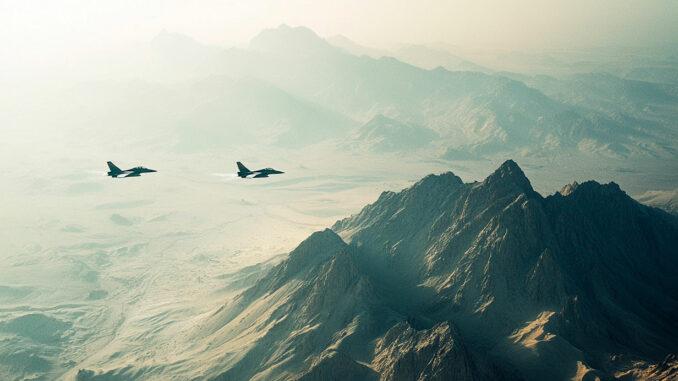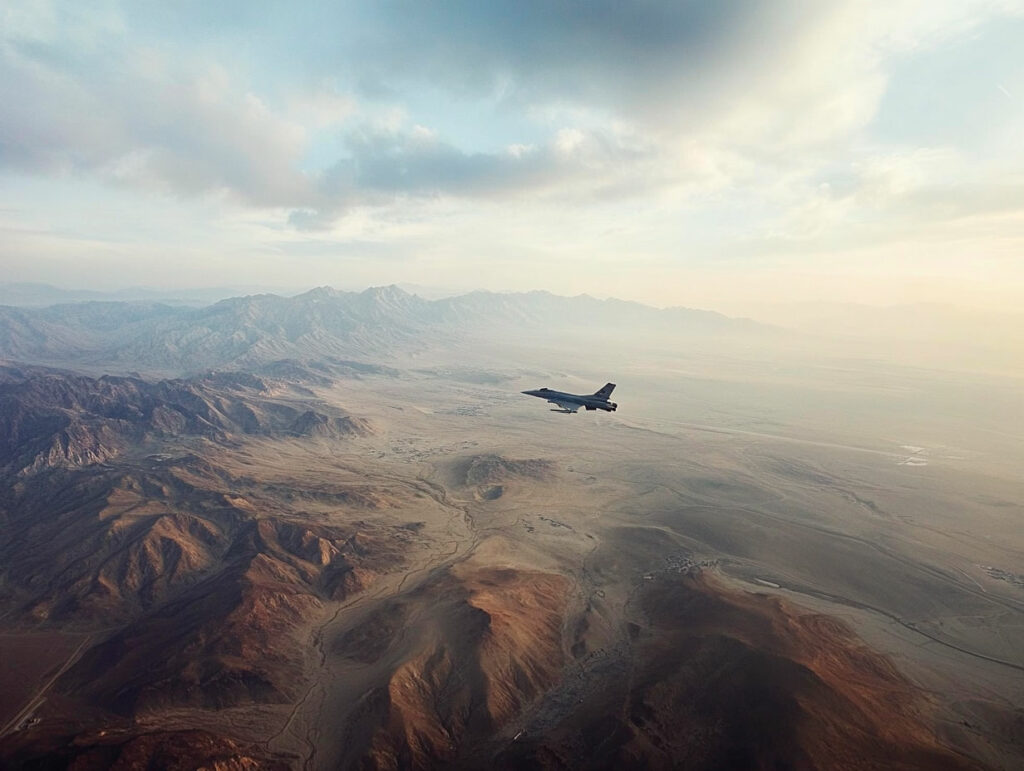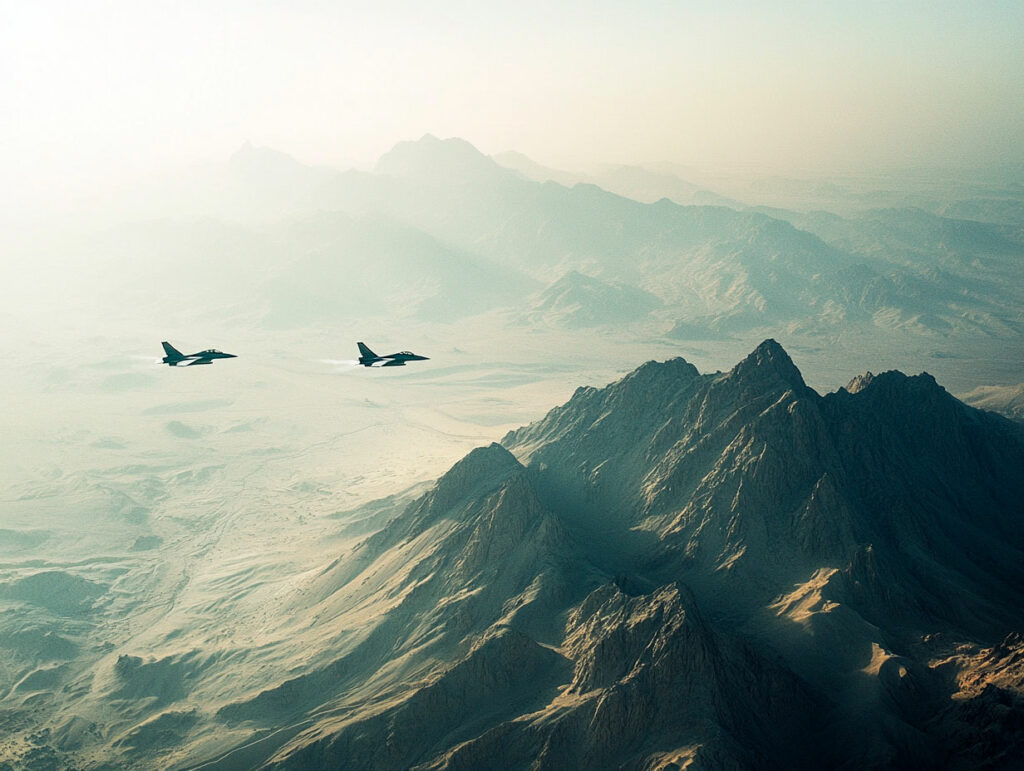
The United States is significantly increasing its military presence in the Middle East, deploying thousands of troops, strategic bombers, missile defense systems and naval units in response to rising tensions with Iran.
In response to escalating tensions with Iran, the United States has stepped up its military presence in the Middle East. This includes the deployment of over 40,000 troops, aircraft carriers such as the USS Harry S. Truman and the USS Carl Vinson, and B-2 stealth bombers stationed at Diego Garcia. These strategic moves are designed to deter Iran from pursuing its nuclear ambitions and to prepare for possible military action. At the same time, diplomatic discussions are underway, although the prospects of direct negotiations remain uncertain.

Massive deployment of troops and military equipment
The United States currently has more than 40,000 soldiers stationed in the Middle East, spread over several strategic bases. For example, around 2,500 troops are deployed in Iraq and 900 in Syria, as part of the fight against terrorism and to counter Iranian influence in the region. This massive deployment also includes specialized missile defense units, such as the MIM-104 Patriot and THAAD (Terminal High Altitude Area Defense) systems, designed to protect US and allied forces against possible Iranian ballistic missile attacks.
USS Harry S. Truman and USS Carl Vinson
The USS Harry S. Truman, a Nimitz-class aircraft carrier, is currently operating in the Red Sea. This 333-meter-long vessel can carry up to 90 aircraft**, including F/A-18 Super Hornet fighters, offering significant strike capability. In addition, the *USS Carl Vinson* is on its way to reinforce the US naval presence in the region. These aircraft carriers are accompanied by their escort groups, comprising cruisers and destroyers equipped with Aegis missile defense systems, forming a task force capable of carrying out complex offensive and defensive operations.
B-2 strategic bombers deployed at Diego Garcia
Recent satellite images have confirmed the presence of at least six B-2 Spirit stealth bombers at the base of Diego Garcia, an atoll in the Indian Ocean. These aircraft, capable of carrying nuclear warheads, have a 52-meter wingspan and an intercontinental range without refueling. Their deployment at Diego Garcia, a base often used for strategic operations in Asia and the Middle East, underscores the United States’ desire to have a rapid, discreet strike capability at its disposal should the need arise.
Strategic objectives and diplomatic implications
The main aim of the US military build-up is to deter Iran from pursuing its nuclear activities and to force it back to the negotiating table. President Donald Trump has stated that, without an agreement, military action would be considered. However, Iran has rejected offers of direct negotiations, expressing distrust of American intentions. This diplomatic impasse, combined with increasing military capabilities in the region, increases the risk of escalation into open conflict.

Regional and international consequences
The growing US military presence in the Middle East is having a significant impact on regional stability. US allies, such as Israel and the Gulf states, may feel reassured by this increased support, while Iran could perceive these actions as a provocation, strengthening its own military capabilities in response. In addition, international players, notably Russia, have criticized these deployments as illegal and likely to provoke a global catastrophe. This complex situation calls for careful diplomatic management to avoid uncontrolled escalation.
The current situation remains volatile, with increased risks of direct military confrontation between the United States and Iran. Diplomatic efforts must be intensified to find a peaceful solution, while maintaining a credible deterrent posture. The next few days will be decisive for the future of US-Iran relations and the stability of the Middle East.
War Wings Daily is an independant magazine.